Glenfarg Viaduct
Glenfarg Viaduct
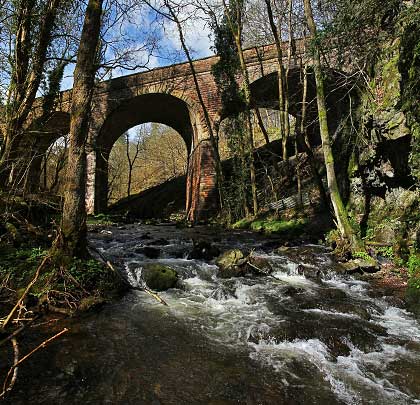
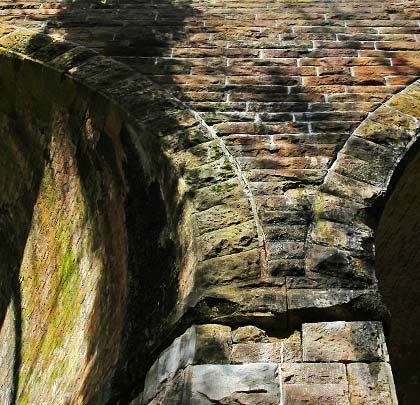
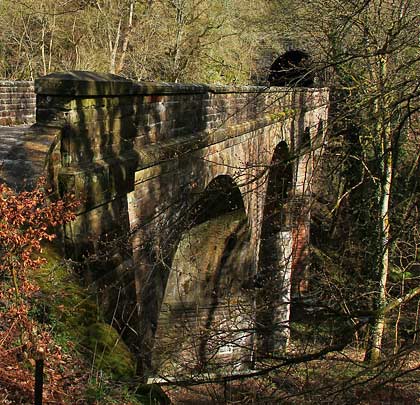
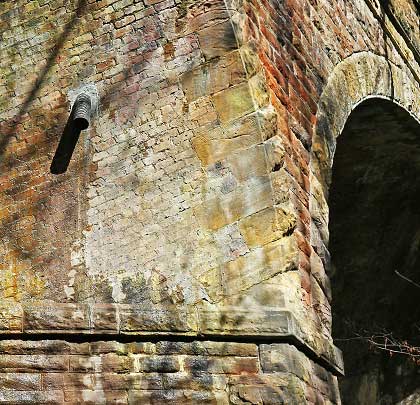
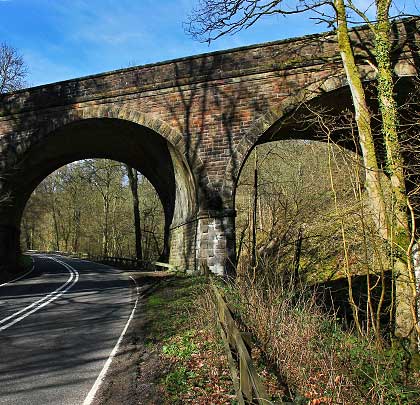
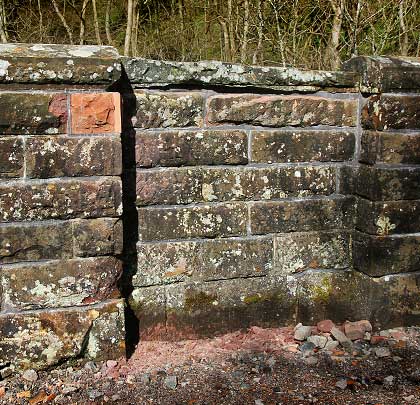
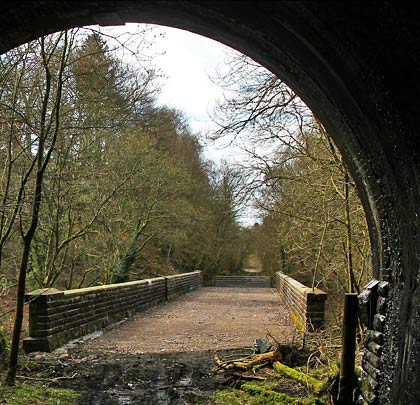
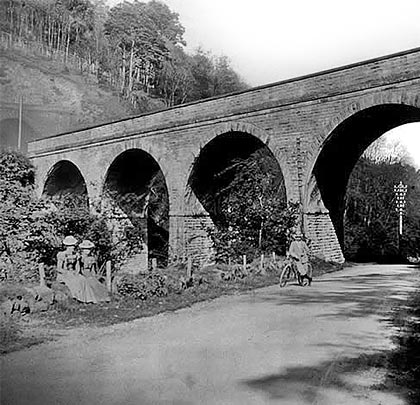








The Forth Bridge revolutionised travel between Edinburgh and Fife, which had previously relied on the boat at Queensferry or a circuitous trip via Stirling. More latterly, the Alloa rail bridge shaved off a few miles. Work on the Forth Bridge got underway in 1882, prompting the development of several other lines to improve connections to and from it.
The city of Perth, 27 miles to the north, was served by railways from the north, west and east. To greatly reduce journey times into Edinburgh, the North British Railway drove a ten-mile route southwards from the Bridge of Earn, rejoining its network at Mawcarse Junction. To conquer the hilly ridge between them, two viaducts and two tunnels were needed in a little over 1½ miles. This section formed part of a challenging 1:74 ascent to the summit at Glenfarg which gave its name to one of the viaducts and both tunnels.
Responsible for the route was William Galbraith in his capacity of consulting engineer to the North British, a role he fulfilled from 1880-90. Messrs Charles Brand & Sons acted as contractor, obligated to complete the works by the end of 1889 but didn’t do so until the end of April 1890.
Of the two viaducts, the southernmost crosses the B996 road and River Farg two miles north-east of Glenfarg village. Set in a wooded glen, it comprises four skew arches of 40 feet in span, the piers being aligned with the water course. Although predominantly constructed from bull-faced masonry, the arches themselves are brick. A single refuge is inset into the parapet on each side.
Services continued to use the Glenfarg route for a few months short of 80 years, ending on 5th January 1970. Despite being the shortest route from Perth to Edinburgh by some distance, the railway through Glenfarg was sacrificed to allow the M90 motorway to occupy sections of the trackbed.
The viaduct, owned by the Highways Agency (Historical Railways Estate) and given structure number EGP/70, had a Grade B listing bestowed on it in June 1981. A programme of repairs and waterproofing work was carried out over the winter of 2014.







